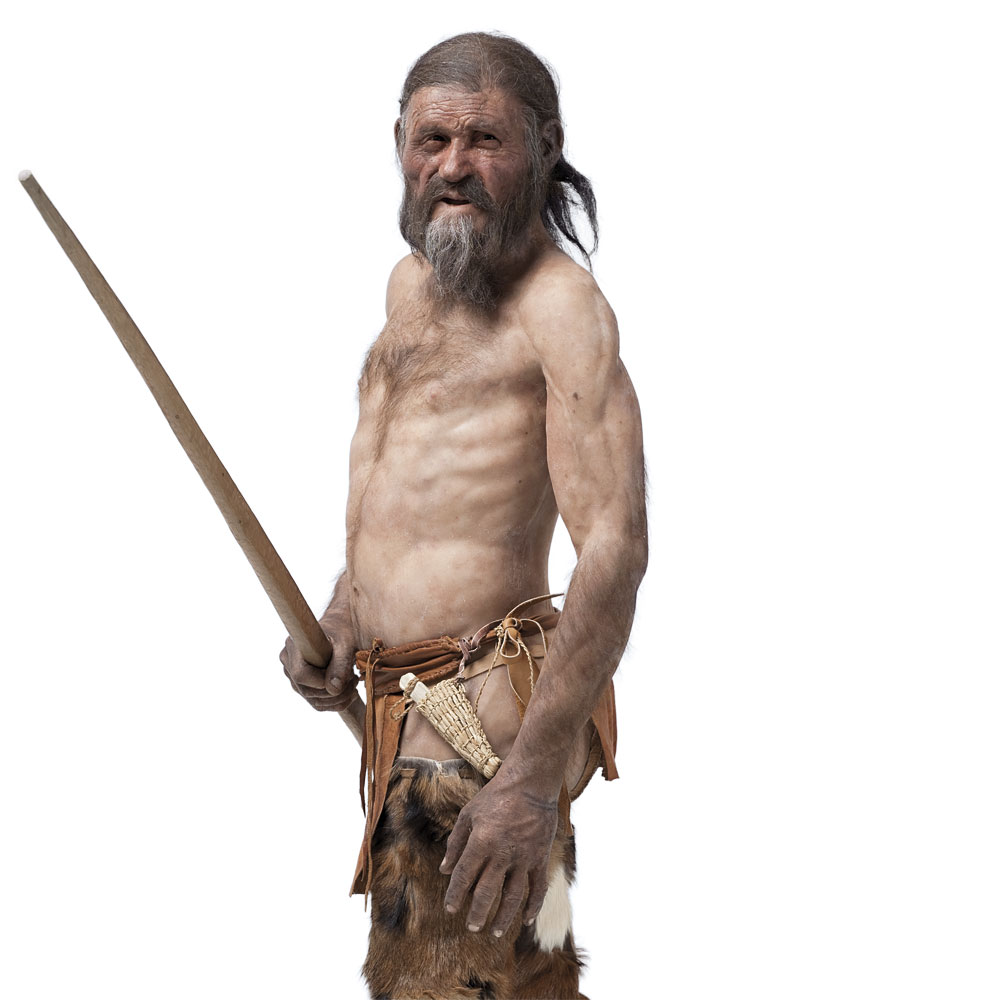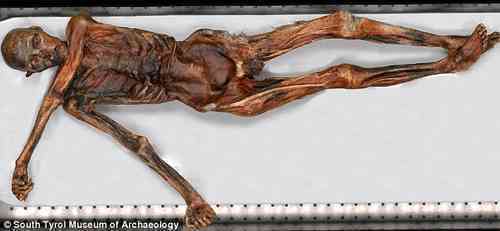extinct animals by a.a and r.d
-Extinct Animals-
- Palaeozoic Era
- Dimetrodon
https://www.youtube.com/watch?v=SR3OOP9mImI
2. Mesozoic Era
- Pliosaur
The Pliosaur became extinct at the end of the Cretaceous period, about 65 million years ago. It became extinct because of the mass extinction event.
https://www.youtube.com/watch?v=u8HKr9sG5kQ
https://www.youtube.com/watch?v=u8HKr9sG5kQ
3. Cenozoic Era
- Tasmanian Tiger
The Thylacine, or as it is most known as, the Tasmanian Tiger is one of the largest known carnivorous marsupials. They lived in the Cenozoic era and were native to Tasmania. The Thylacine was relatively shy and nocturnal. It had the appearance of a medium sized dog except it had a stiff tail and had a pouch like kangaroos. It got its name from it's black stripes running down its back. Both of its genders have pouches and these serve as an external sheath for protecting their external reproductive organs.
It went extinct because of over hunting encouraged by bounties though there were other contributing factors like, disease, the introduction of dogs, and humans. It went extinct by 1936. There were efforts of preservation but the last Thylacine died at the Hobart zoo in 1936.
https://www.youtube.com/watch?v=6vqCCI1ZF7o
https://www.youtube.com/watch?v=6vqCCI1ZF7o
important fossils
1. Otzi the iceman
Otzi about 5,300 years old. He was found by 2 German tourist on September 19, 1991. Otzi was excavated in Tisenjoch pass, he got this name because his body was mummified it was found near a glacier near the border of Italy and Austria. otzi is the world's oldest wet mummy, and the clothes he wore and equipment he carried are unique.
https://www.youtube.com/watch?v=FMc81qpCQ3g

\
2. Saber Tooth Cat
A saber-toothed cat is any member of various living and extinct groups of predatory mammals that are characterized by long, curved saber-shaped canine teeth which protruded from the mouth even when closed. The saber-toothed cats, both living and extinct, have been found almost worldwide from the Eocene era to the end of the Pleistocene era 42 million years ago – 11,000 years ago .
The first saber-toothed cat fossil in Canada was found in Medicine Hat, Alberta.The large cat was unearthed in 2003 by Eric Scott.

Comments
Post a Comment